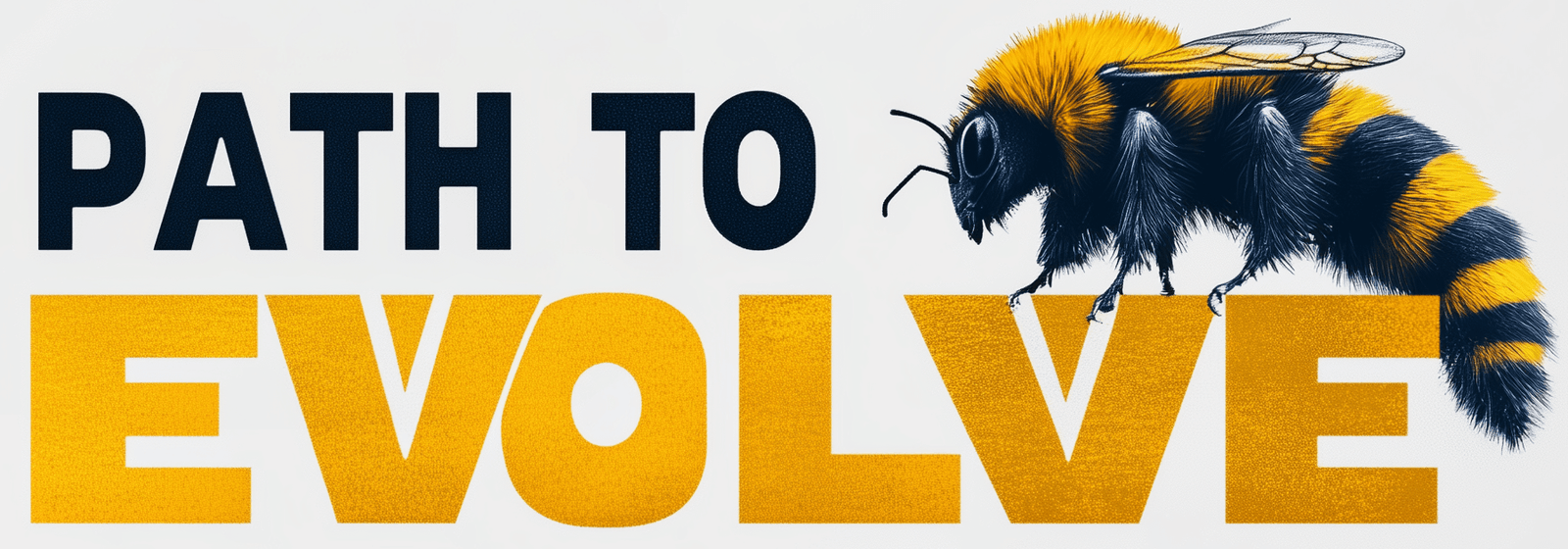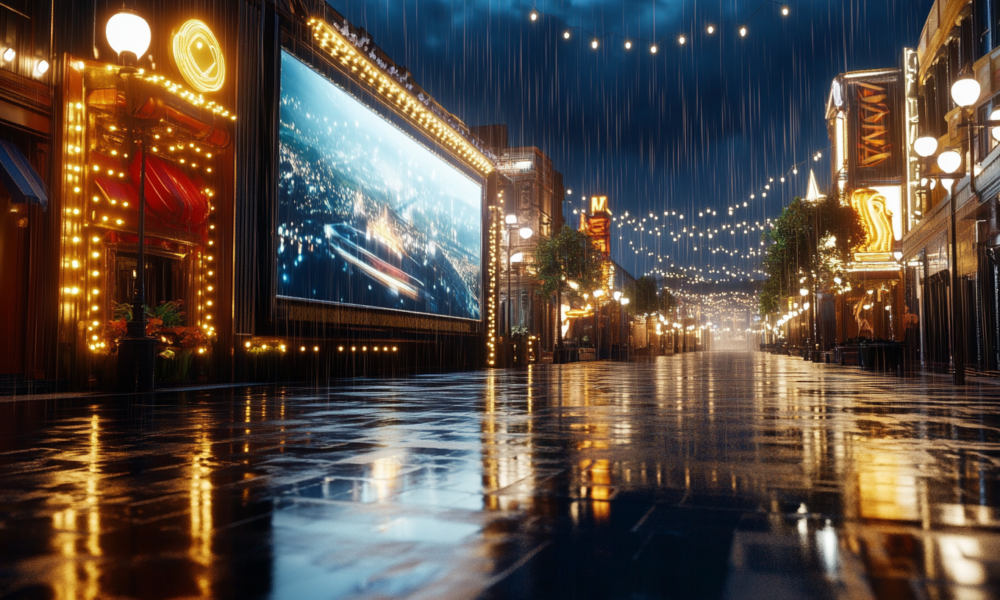Hollywood’s Diversity Push: Is the Industry Finally Changing?
Hollywood has long been criticized for its lack of diversity and inclusion. For decades, the industry has been predominantly led by white men, with limited opportunities for women, people of color, and other marginalized groups. However, in recent years, there has been a notable push towards diversity and inclusion, driven by advocacy, changing audience demands, and social movements like #OscarsSoWhite and #MeToo. Despite this progress, many wonder whether Hollywood is truly changing or if the initiatives are merely performative gestures. In this article, we will explore Hollywood’s recent diversity initiatives, examine examples of progress and areas still in need of improvement, and assess the public reception and potential long-term impacts of these efforts.
Hollywood’s Diversity Initiatives: A Closer Look
The call for increased diversity in Hollywood gained momentum in 2015 with the #OscarsSoWhite movement, which highlighted the lack of representation among Academy Award nominees. Since then, several initiatives have been introduced by studios, networks, and industry organizations to address the diversity gap.
1. The Academy’s Inclusion Standards
In 2020, the Academy of Motion Picture Arts and Sciences (AMPAS) introduced new inclusion standards for films seeking eligibility for the Best Picture category starting in 2024. These standards are designed to encourage more representation in front of and behind the camera. To qualify for Best Picture, films must meet at least two out of four criteria related to on-screen representation, creative leadership, industry access, and audience development. This is a significant step towards pushing Hollywood productions to reflect more diverse perspectives.
2. The Rise of Diversity-Focused Initiatives at Studios
Many major studios and streaming platforms have launched diversity-focused initiatives to increase representation both in front of and behind the camera. WarnerMedia, for instance, established a “Diversity and Inclusion” strategy, aiming to create a more equitable workplace and support underrepresented voices. Similarly, Netflix pledged a significant investment in developing content from underrepresented communities, dedicating $100 million to initiatives that support the creative development of people of color and other marginalized groups.
These efforts have resulted in more diverse stories making their way to the screen. Shows like “Bridgerton” on Netflix, which features a racially diverse cast in a Regency-era setting, have gained widespread popularity. Moreover, films such as “Black Panther” and “Crazy Rich Asians” have not only performed well at the box office but have also proven that diverse content resonates with a global audience.
3. Representation in Leadership Roles
Representation in decision-making positions is a critical component of driving real change in Hollywood. Recent efforts have focused on improving diversity among directors, producers, and studio executives. Organizations such as Time’s Up and Women in Film have worked to increase the presence of women and people of color in leadership roles.
The Directors Guild of America (DGA) has reported some progress, with the percentage of women and directors of color working on episodic television increasing in recent years. For example, the 2021 DGA Episodic Television Director Inclusion Report showed that 34% of TV episodes were directed by women and 31% by directors of color. While these numbers are promising, they still reflect an industry that has significant room for improvement.
Examples of Progress in Hollywood’s Diversity Push
1. “Black Panther” and Its Cultural Impact
One of the most notable examples of Hollywood’s progress in diversity is Marvel’s “Black Panther” (2018). Directed by Ryan Coogler, the film featured a predominantly Black cast, including stars like Chadwick Boseman, Lupita Nyong’o, and Michael B. Jordan. “Black Panther” became a cultural phenomenon, grossing over $1.3 billion worldwide and proving that films centered on Black characters and stories could achieve both critical and commercial success.
The film’s success was a turning point for Hollywood, demonstrating that there is a significant demand for diverse stories that represent different cultures and experiences. It also paved the way for other films featuring Black superheroes and characters, such as “Spider-Man: Into the Spider-Verse” and “The Woman King.”
2. “Crazy Rich Asians” and Asian Representation
“Crazy Rich Asians” (2018) was another milestone for representation in Hollywood. The film was the first major Hollywood studio production with a predominantly Asian cast since “The Joy Luck Club” (1993). Directed by Jon M. Chu, the romantic comedy broke stereotypes, showcased Asian culture, and grossed over $238 million worldwide.
“Crazy Rich Asians” was widely praised for its authentic portrayal of Asian culture, and it opened doors for more Asian-led projects. Films like “Shang-Chi and the Legend of the Ten Rings” and TV shows like “Never Have I Ever” are examples of the growing demand for diverse stories about the Asian experience.
3. Increased LGBTQ+ Representation
Hollywood has also made progress in increasing LGBTQ+ representation in film and television. Shows like “Pose”, which features a predominantly trans cast and tells the story of New York City’s ballroom culture, have received critical acclaim and highlighted the importance of trans visibility in media. The film “Love, Simon” (2018) was another landmark for LGBTQ+ representation, being one of the first major studio films to center on a gay teenage romance.
In recent years, streaming platforms such as Netflix and HBO Max have led the way in offering LGBTQ+ content, providing diverse stories that resonate with a wide range of audiences. However, there is still room for improvement in ensuring that LGBTQ+ characters are portrayed authentically and not relegated to stereotypical roles.
Areas Still Needing Improvement
1. Persistent Pay Gaps
Despite progress in on-screen representation, there remain significant pay disparities between white actors and actors of color, as well as between men and women. High-profile cases, such as Michelle Williams being paid significantly less than Mark Wahlberg for reshoots of “All the Money in the World,” have highlighted the ongoing inequities in Hollywood. The gender and racial pay gap remains a major obstacle that needs to be addressed if true equity is to be achieved in the industry.
2. Stereotyping and Typecasting
Hollywood has a long history of stereotyping and typecasting minority actors. While recent progress has been made, many actors of color still report being offered roles that reinforce harmful stereotypes. For instance, Latinx actors are often cast in roles involving crime or domestic work, while Asian actors are typecast as tech-savvy or overly intellectual characters. To foster genuine diversity, Hollywood needs to create opportunities for actors of color to play a wider range of roles that reflect their full humanity.
3. Lack of Disabled Representation
Representation of people with disabilities remains alarmingly low in Hollywood. A report by the Ruderman Family Foundation found that only 2.7% of characters in the top 100 grossing films of 2019 were disabled, and the majority of these roles were played by non-disabled actors. The underrepresentation of disabled people, both in front of and behind the camera, highlights a significant area where Hollywood still needs to improve.
Public Reception and Potential Long-Term Impact
1. Public Reception
The public’s response to Hollywood’s diversity initiatives has been mixed. On one hand, audiences have praised the increased representation of different cultures, genders, and sexual orientations, as seen with the success of films like “Black Panther” and “Crazy Rich Asians.” Social media campaigns and hashtags like #RepresentationMatters have highlighted the importance of seeing oneself reflected in mainstream media.
However, there are also criticisms that some of Hollywood’s diversity efforts are performative, driven more by public pressure than by a genuine commitment to change. Critics argue that while the industry has made progress, diversity is often treated as a “checkbox” rather than an integral part of storytelling. The lack of sustained progress behind the camera, particularly in executive roles, suggests that Hollywood still has a long way to go in achieving true diversity and inclusion.
2. Potential Long-Term Impact
If Hollywood continues to push for diversity and inclusion, the long-term impact could be transformative. Increased representation can lead to a broader range of stories being told, reflecting the full spectrum of human experience. This, in turn, can foster greater understanding and empathy among audiences, breaking down stereotypes and promoting social cohesion.
Moreover, the success of diverse films and TV shows demonstrates that representation is not only socially important but also commercially viable. By investing in diverse talent and stories, Hollywood can attract a wider audience and ensure its relevance in an increasingly global market.
Conclusion
Hollywood’s diversity push is a step in the right direction, with notable progress in terms of increased representation on-screen, more diverse stories, and greater opportunities for underrepresented groups. Films like “Black Panther” and “Crazy Rich Asians” have proven that diverse content resonates with audiences and is commercially successful. However, challenges remain, including pay disparities, stereotyping, and the underrepresentation of people with disabilities.
While the industry has made strides, it must continue to prioritize genuine inclusivity, both in front of and behind the camera. Only through sustained effort and a commitment to systemic change can Hollywood achieve true diversity and reflect the rich variety of human experiences.




No Comment! Be the first one.